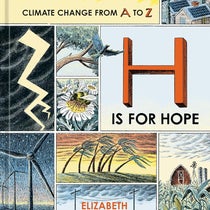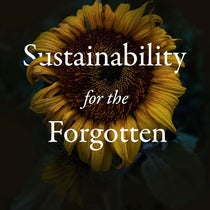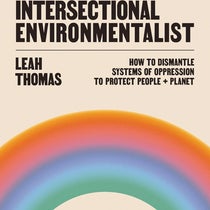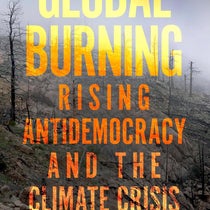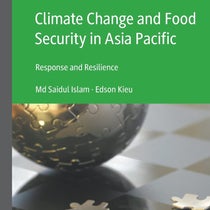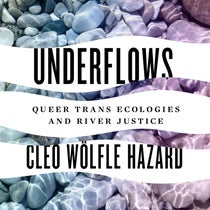Green Reads: The Science of Climate Migration
“These causes… of climate change migration that have contributed to poverty in migrants’ places of origin include an absence of resources, poor soil fertility, lack of safe drinking water, lack of forest cover, major climate change and other climate-related factors. Poverty factors based on climate change are those that affect job opportunities (or lack thereof), impact income (too low to sustain lifestyle), and/or have an economic impact on producer/consumer prices.”
-The Science of Climate Migration by Frank R. Spellman
The Science of Climate Migration by Frank R. Spellman discusses migrants forced from their homes in the wake of ongoing climate collapse. Lack of access to safe drinking water, deadly heat conditions, and failing crops are just a few of the driving factors that lead people in desperate search of livable conditions outside of their homeland. Those from nations largely unable to address the increase in poverty and decrease in resources, as a result of Western/American imperialism and climate change, are most immediately impacted. However, Spellman warns that the need to seek refuge from harmful environments could soon become the norm, pointing to research that predicts the number of climate refugees will “by 2050 range from 50 million to 1 billion people.”
Readers are encouraged to consider animals fleeing their natural habitats due to deforestation, droughts, and severe changes in temperature. Spellman, likewise, notes that “Rising temperatures have allowed certain disease-causing fungi to migrate, to spread into new areas that previously were too cold for them to survive.” These fungi often bring with them life-threatening illnesses that are difficult to diagnose and treat. Simultaneously, famine and foodborne pathogens that arise from severe droughts render once-populated areas unlivable.
The Science of Climate Migration asserts that rising sea levels pose a significant threat to major cities like New York, while wildfires and earthquakes threaten to devastate Los Angeles and surrounding areas, displacing countless. On average, the United States sees 700 heat-related deaths per year. Spellman references the Dust Bowl era of the 1930s, resulting in the “mass migration” of “more than 2 million people” from the affected states by 1940, as a possible future many could face in the wake of increasingly frequent natural disasters of all kinds. Readers are left to ponder when flood and fire tear through our communities, where will we go to find safe haven, and what would we do to get there?
“…climate change is about more than it being too hot, too cold, too dry, too wet, too windy, or the ground being too shaky. It is also about heightened military tension and uncertainty… Also, when a select few of the privileged class control whatever assets a region possesses, the down-and-out are out-and-down. It is time to get out of Dodge – by whatever means possible.”
What we can do:
- Welcome the tired, the poor, the huddled masses yearning to breathe free
- Advocate for the rights, well-being, and humanity of immigrants
- Remember that we are living on stolen land
More recommended reading on the subject
- On The Move: The Overheating Earth and the Uprooting of America by Abrahm Lustgarten
- Environment, Climate Change and Migration in South Asia edited by Amit Ranjan, Rajesh Kharat and Pallavi Deka
- The Great Displacement: Climate Change and the Next American Migration by Jake Bittle
- Climate Change and the Health of Nations: Famines, Fevers, and the Fate of Populations by Anthony J. McMichael


